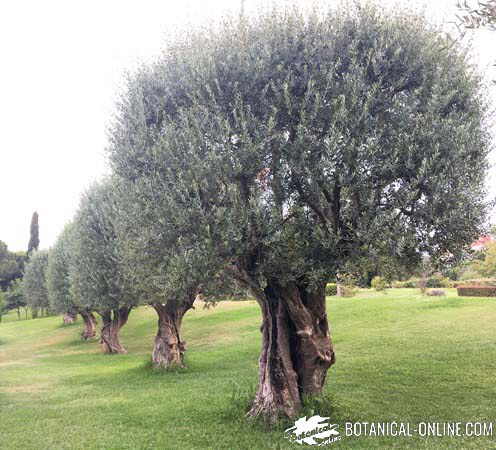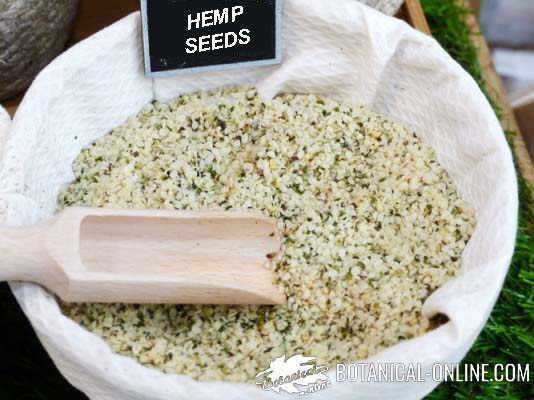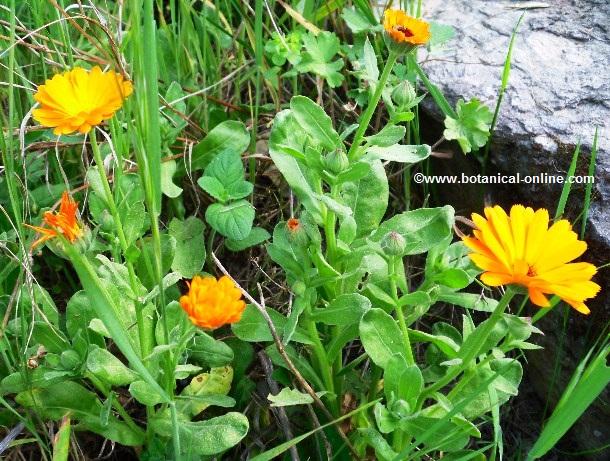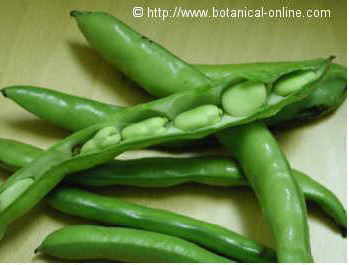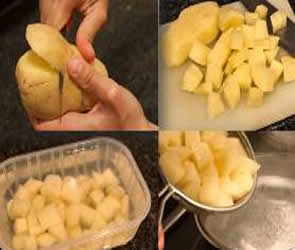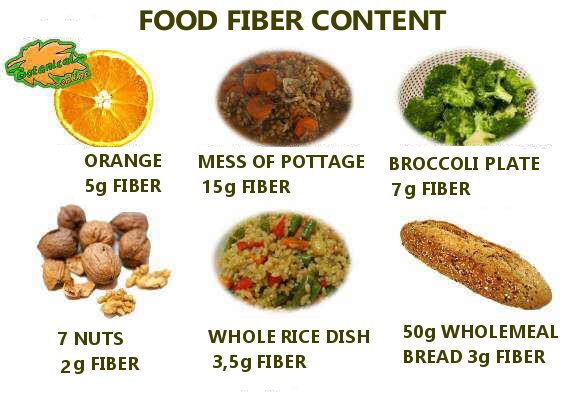Contents
TYPES OF TUBERS
What is a tuber?
Tubers are a type of thickened stems -1 -. Certain plants accumulate reserve substances in their stems, generally underground, consisting mainly of starch, so that these enlarged stems constitute what is known as tubers.
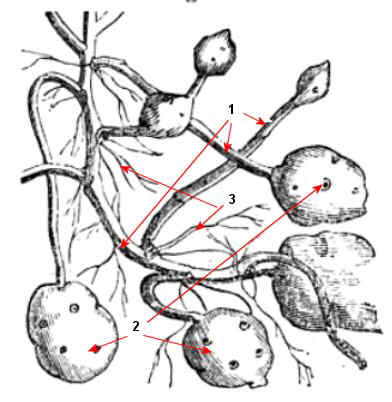
The underground stems contain a number of scales (in the case of the potato, they are called “eyes” -2 -) which produce buds. From these buds develop new shoots or stems that originate new plants -4 -. Underground sprouts, when they go out, will produce green stems and green leaves. The underground stems develop new roots – 3 -.
What is the function of the tubers on the whole plant?
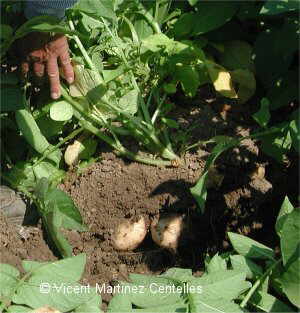
While the plants are growing, they feed on tubers until they completely exhaust and decompose them. The new plants, when green leaves and stems develop, manage to produce starch and other substances such as inulin storing them in new tubers produced in the internodes.
The outside of the plant, as it produces energy for the production of tubers, leaves, fruits and seeds is depleted and dies, leaving a reserve in the underground tubers.
Are tubers the same than tuberous roots?
They have similar function: to serve as nutrients storage organs. As a result of this, all of them are very alike underground thickenings, but they are completely different plants parts. These are the main differences:
- Stem roots form part of the stem, so they have cell tissues different to tuberous roots that are part of the root.
- Stem roots, in the same way that “normal” stems have nodes and internodes and scars which correspond to stem leaves.
- Tuberous roots do not have all these plant parts, because they are really modified roots.
The following drawing shows us clearly the difference between them:
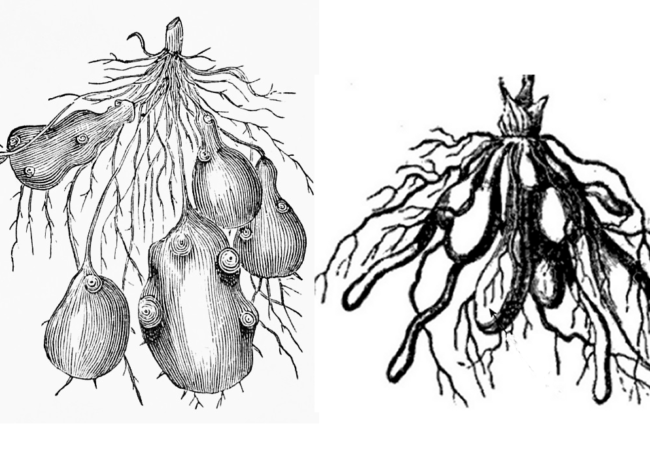
Examples of edible tubers
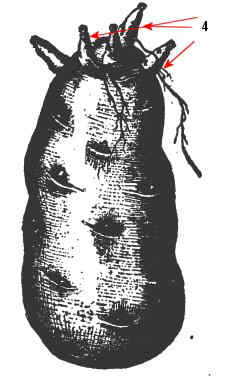
Potato is the main edible tuber in the world.
The potato plant (Solanum tuberosum) is an herb of the nightshade family – Solanaceae – up to 130 cm tall. The fruit is a berry, black, toxic, like the rest of the plant. It is native to America, but it is cultivated worldwide and often grows naturalized on roadsides, mounds and sites rich in organic residues.
Being toxic, potatoes are one of the main food resources for its richness in starch accumulated in their underground tubers (potatoes). These are formed in the internodes and can appear up to 20 and reach a varied size depending on the variety and growing conditions. The tubers of potatoes are the only edible part of the plant.
Other edible tubers in the world
After potatoes, the main tubers grown in the world are, in order of importance, cassava, sweet potato, yam and taro.
- Sweet potatoes (Ipomoea batatas) are vines are from the Convolvulaceae family. Sweet potatoes produce brown tubers with yellow flesh, because they contain many carotenoids.
Besides being used for human consumption, they are used in some countries such as China, the world’s largest producer, to feed livestock and pets. They are also used for obtaining starch. They come from Peru, but they are grown in many parts of the world with a warm climate - Water yam (Dioscorea alata) is the most cultivated yam species worldwide. It is characterized by a white, yellow or purple pulp. Water yam is consumed mainly in America and in South Asia. It is known that this variety has been cultivated since ancient times, so that its consumption is deeply rooted in the tradition of many people in these places.
- Chufa sedge (Cyperus sculentus) is a type of cane producing tubers in its underground stems. Groundnuts tubers are small and contain a sweet pulp, that is used to produce a drink called horchata. It is grown in a few places in the world, the most famous groundnuts are those of Valencia in Spain.
- Jerusalem artichoke (Helianthus tuberosus) is an American sunflower type whose botanical name ” tuberosus” comes from the fact of possessing tubers. They are edible.
- Taro (Colocasia esculenta) is a tropical plant whose underground tuber is eaten once cooked i, because it is very toxic when raw.
Related information: Tuberous roots.
![]() More information about types of roots and stems
More information about types of roots and stems
3 December, 2021

